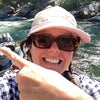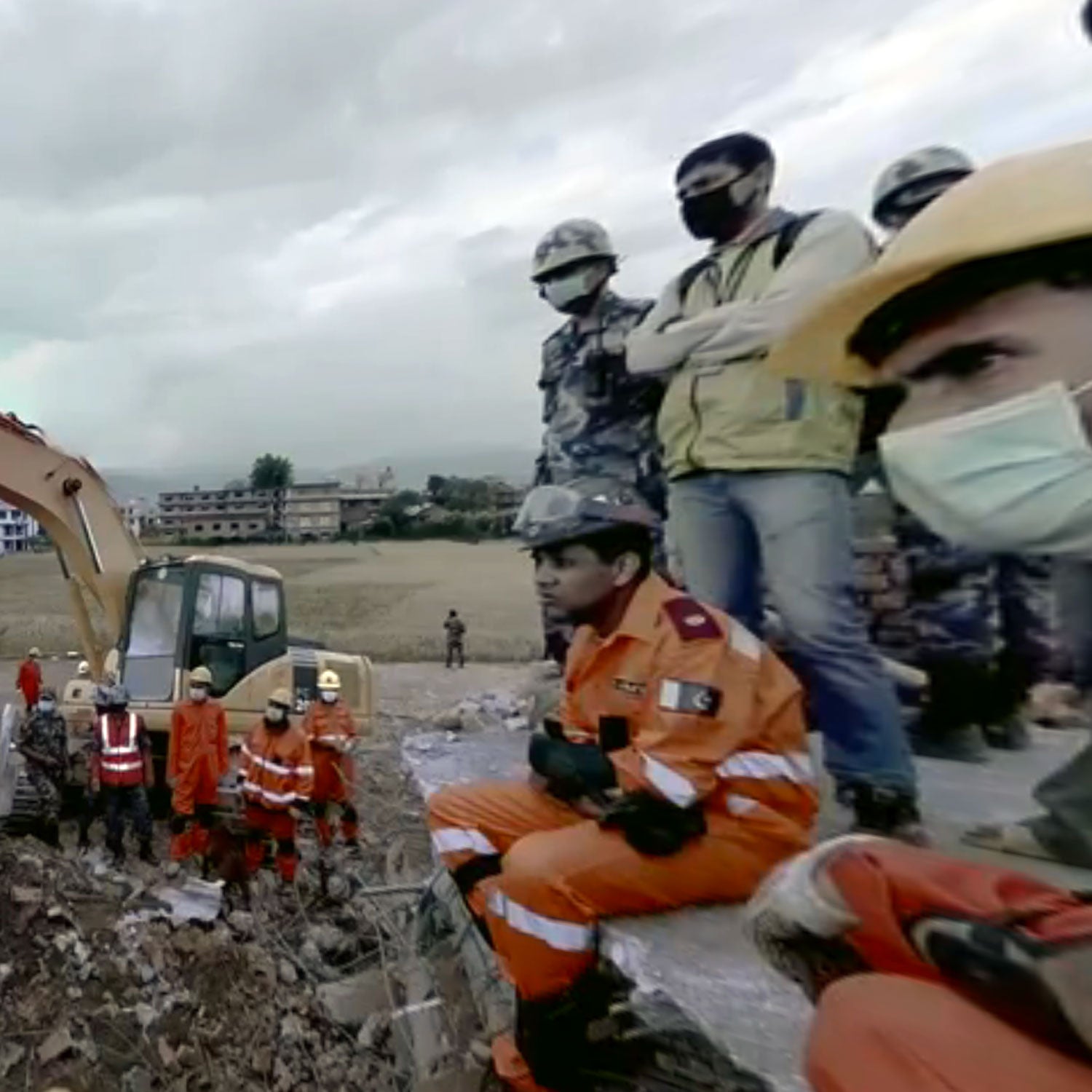A longtime disaster-relief worker and prizewinning documentarian has created the first ever virtual reality disaster film in the aftermath of the 7.8-magnitude quake that ravaged large areas of Nepal on April 25. And he did it using GoPro cameras.��
The movie, considered the latest development in the evolution of disaster reporting, aired last weekend at the in Telluride.��
It was created by David Darg, 35, vice president and co-founder of the aid organization , with Bryn Mooser, of the multimedia newsgathering company , based in Los Angeles.��
Darg, who has worked in disaster relief for the past decade, was in Virginia when the quake hit on April 25, according to Mooser. He immediately booked a flight to Kathmandu, and, during a layover in Los Angeles, Mooser brought him the camera, which was on loan from the immersive video production company .��
The device itself is made up of six cameras (all top-of-the-line GoPro Hero models), attached to a 360-degree mount on a tripod. Darg took it to Nepal, where he spent two days in Kathmandu before traveling to the much-harder-hit mountain districts of Bhaktapur and Sindhupalchowk.��Once the team arrived in Nepal, Darg’s first priority was to distribute food, water, and shelter to the communities. But from their experience covering disasters—most notably in Haiti—the RYOT founders know that “so much of disaster relief is in storytelling.”
“There’s a moment when you can catalyze the world’s attention,” says Mooser. “It’s brief, but it’s crucial. So while David worked, he took out the camera. He got only a combined 10 minutes of footage, but we think it shows the potential of immersive story.”
VR technology is becoming more affordable and accessible, with viewers now able to experience mobile virtual reality content on their phones by swiping through 360-degree video.��Google also offers an inexpensive workaround to viewing VR footage that .��Granted, neither of these options offer the same immersive feel as a VR headset like the Oculus Rift (which goes on sale next year), but they're important first steps.
Available on and , the three-minute film is best viewed using those $5 Google’s , currently only compatible with Android phones. But even if you don't have the eyewear, the footage packs a punch. Darg shot intimate footage of people waiting in foodlines amid buildings reduced to piles of rubble and rescue crews digging through remains. The air still seems saturated with particles of dust. Susan Sarandon narrates. The film aims to drive viewers to take action and support direct relief on the ground at . And the action aligns with RYOT’s mission: To link every story it covers, from politics and breaking to trending content and cultural features, to an action a viewer can take to affect positive change related to the story.��
Mooser admits that at present, VR’s reach in the mass market is limited. But he adds that consumer-facing headsets are “a month to six months out from reaching the mass market.” When they do, RYOT will already have a headstart in producing content. According to Mooser, after airing the Nepal Quake Project at Mountainfilm, Harg took the camera to shoot a new VR project in Haiti. Next steps include RYOT acquiring its own VR GoPro, and then taking the camera all over the world to create a series of disaster films, to bring people to the front lines, and to link the stories to an action viewers can take to help make the world a better place.��


